Well, recently, when browsing music by some folk artists on MySpace, I came across an absolutely wonderful piece of music by Rachel Garlin-- called "Three is a Magic Number." I loved it, but didn't know it was a cover of a Schoolhouse Rock song, until looking up more info about it. I learned that this song was the very first episode of Schoolhouse Rock, and it was written by jazz musician and singer Bob Dorough, who also wrote songs for other episodes. Bob sang and recorded the songs, and they have helped numerous children learn their multiplication facts (because they go through the multiples of each number, using skip-counting).
Bob's original version is very well-sung, and has catchy musical accompaniment. You can see the original animated video above. This song's lyrics's are especially meaningful-- with phrases like "the past and the present and the future," " faith and hope and charity," "the heart and the brain and the body," . . . with these lyrics, it is more than just skip-counting -- and it is this "more" that has made it a beloved favorite out of all the number songs on Schoolhouse Rock.

I'm not sure which of the Schoolhouse Rock selections will be in the youth theater play . . . but I hope they include this one; I know whatever they use will be great learning for the audience as well as the youth actors-- and will also be entertaining and FUN :)
Do you have some favorite songs from Schoolhouse Rock?
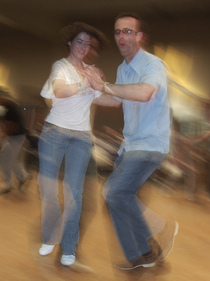

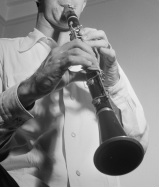
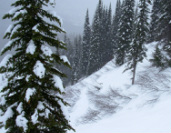
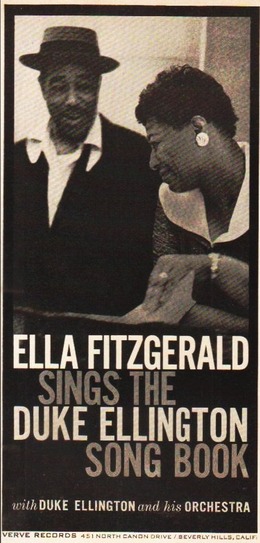
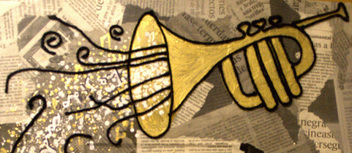
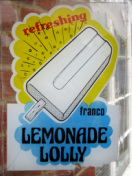


 RSS Feed
RSS Feed